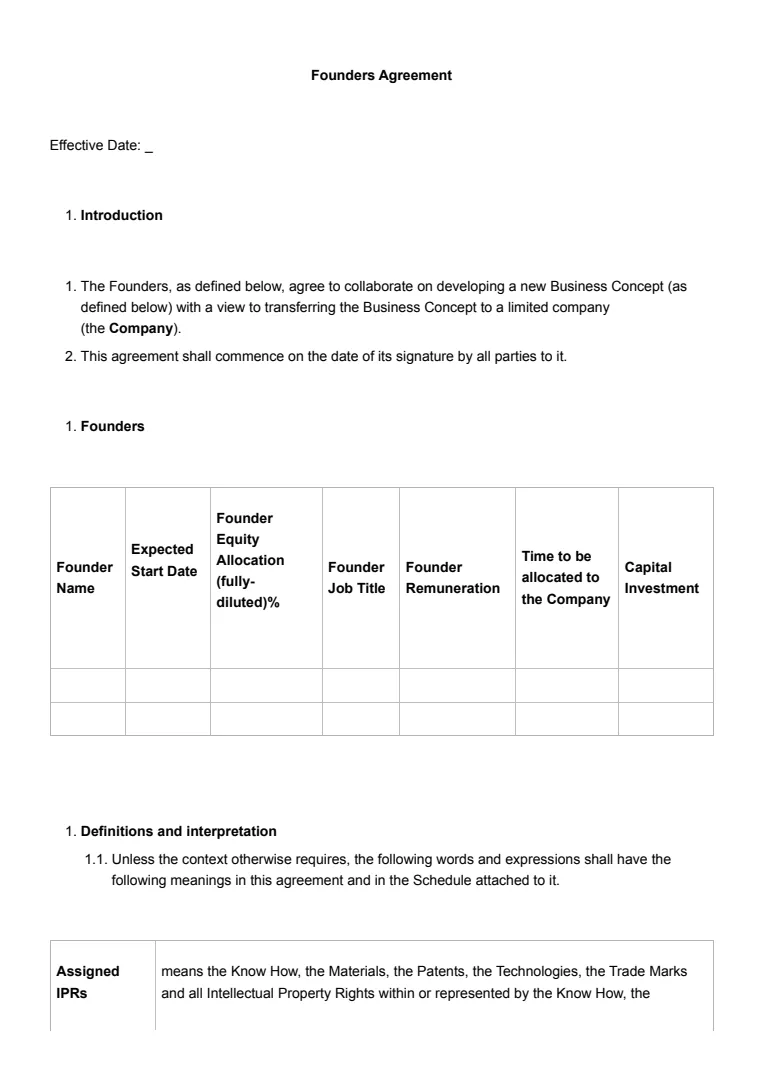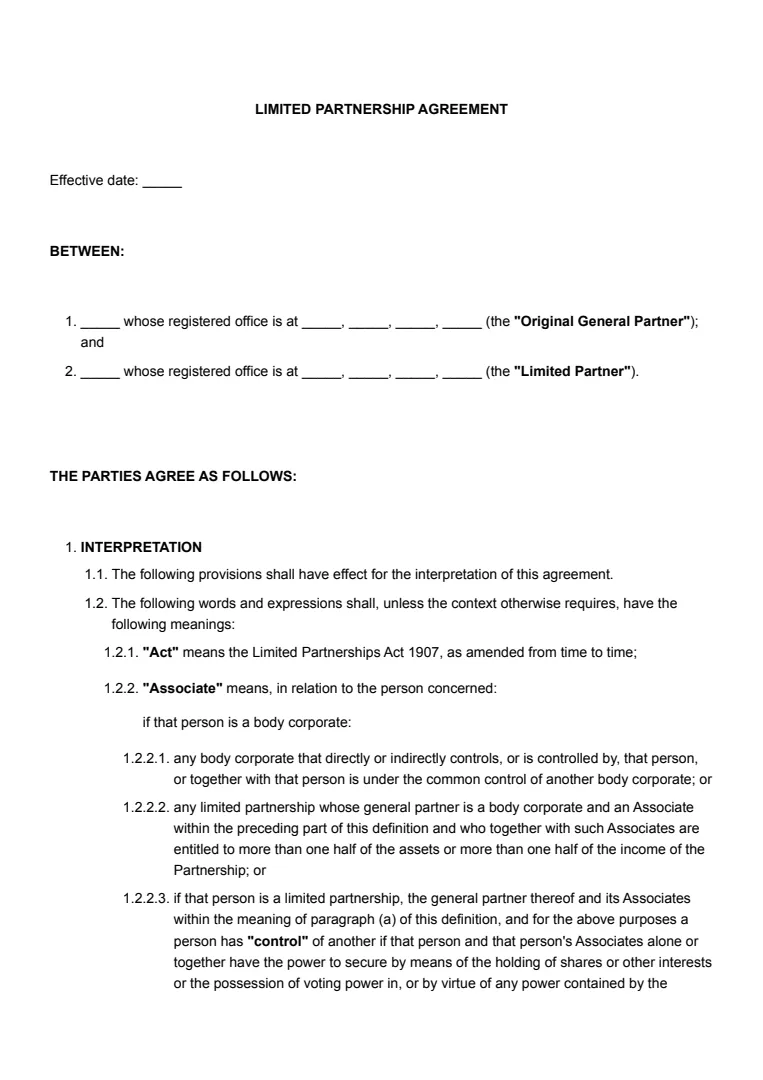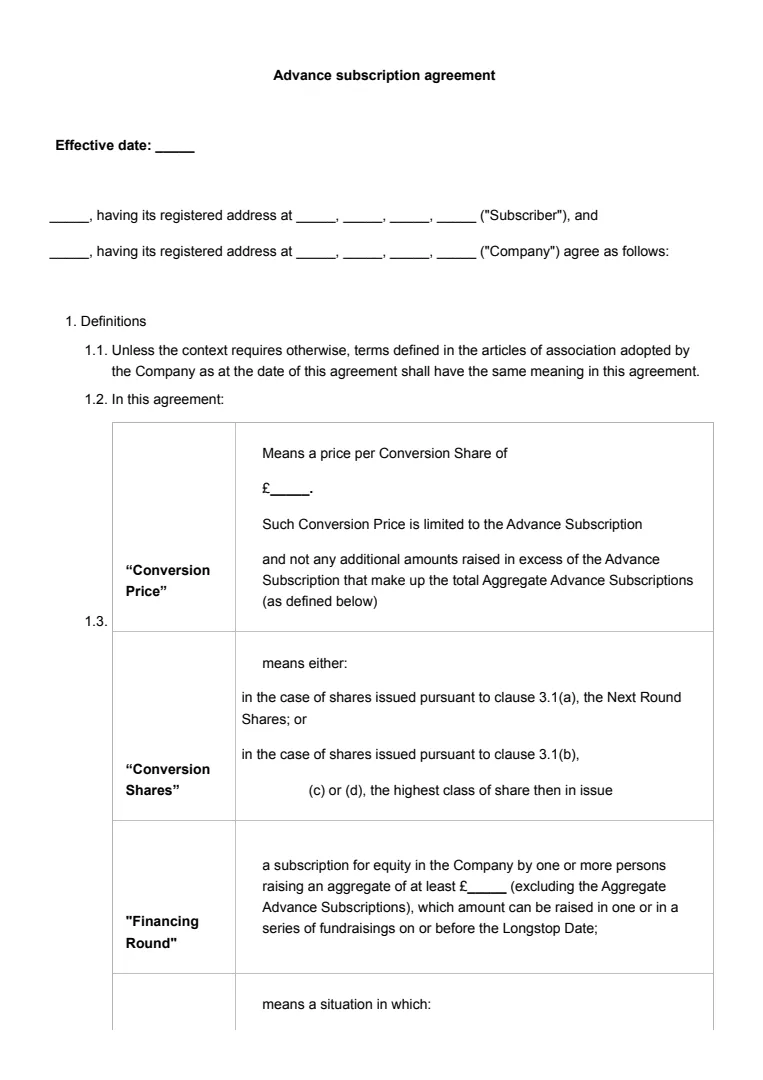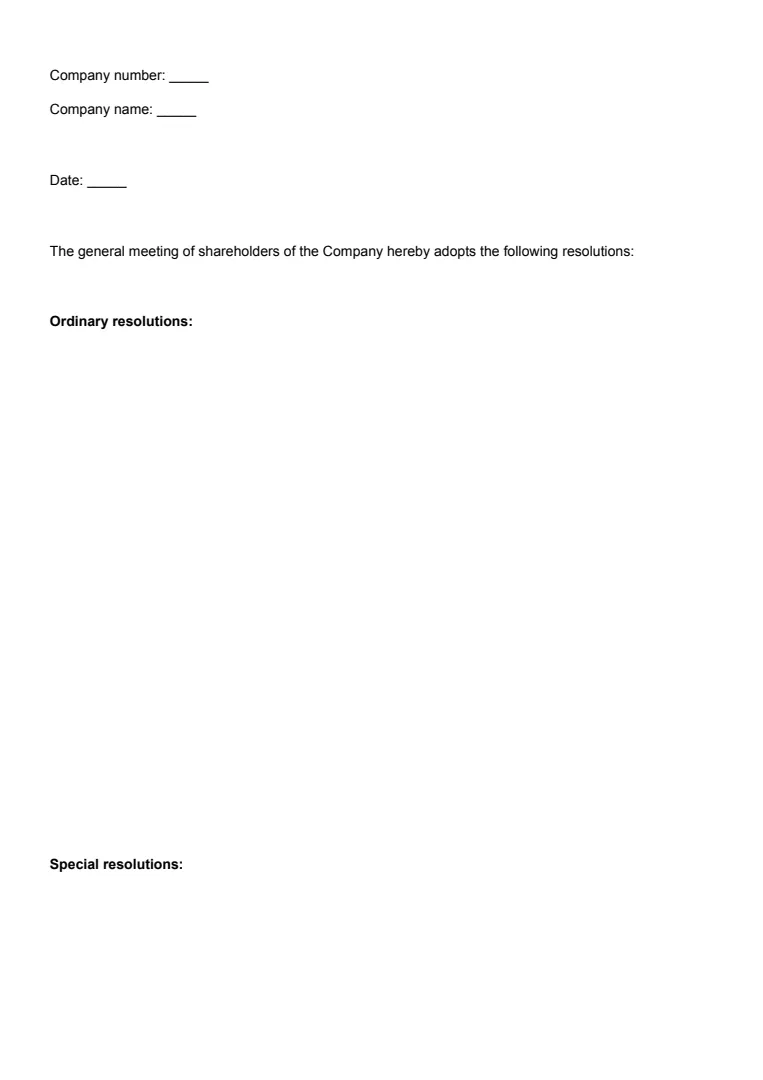What Is a Partnership Agreement?
A partnership agreement is a crucial legal document that defines the operational framework of a business partnership. It ensures that each partner knows their roles, responsibilities, and how the business will function.
The agreement plays a vital role in preventing misunderstandings and disputes.
In a general partnership agreement, all partners typically share liabilities and duties equally unless otherwise specified. This document specifies the management structure, decision-making processes, and how profits and losses will be shared.
Limited partnership agreements introduce both general and limited partners. General partners manage the business and bear liability, while limited partners typically invest and have limited responsibility.
A limited liability partnership (LLP) agreement offers protection to partners from personal liability, similar to shareholders in a corporation. This setup is particularly popular among professionals, such as solicitors and architects.
Here's a quick list of what a partnership agreement might include:
- Name and purpose of the partnership
- Contribution of each partner
- Profit-sharing ratios
- Decision-making processes
- Provisions for adding or removing partners
- Dissolution procedures
When drafting a business partnership agreement in the UK, it's essential to customise the agreement to suit the business's specific needs and future goals.
Professional advice can aid in tailoring the document to ensure all necessary legal aspects are covered. You can also use free business partnership agreement templates to help guide you.
A well-structured partnership agreement serves as a roadmap for success, helping navigate the complexities of partnerships effectively.
When Is a Partnership Agreement Needed?
You need a partnership agreement whenever you're entering into a business with someone else. It's crucial when you want to clearly define roles, responsibilities, and how profits or losses are shared.
Without it, disagreements can lead to serious conflicts that might harm the business.
A written agreement becomes especially important if the partnership involves significant financial investments.
It lays out how and when partners can withdraw funds and their obligations towards debts and liabilities. This is essential for protecting your personal assets from potential business risks.
Having a partnership agreement is also important when you plan to bring in additional partners in the future.
It sets out criteria and processes for admitting new partners, ensuring everyone understands the process and conditions for expansion. This kind of foresight prevents disputes down the line.
If a partnership consists of family members, a clear agreement helps maintain peace and avoids awkward disputes over complex issues. Business and family can be tricky, so it's wise to have everything agreed upon in writing.
Lastly, even if the partnership seems simple at first, complexities can arise as the business grows. An agreement anticipates potential challenges and provides a reliable guide for decision-making, helping you handle unexpected situations smoothly.
How to Write a Partnership Agreement
Creating a partnership agreement involves several fundamental steps to ensure a thorough and clear document. This agreement sets the foundation for how your partnership will operate, so it’s crucial to get it right.
Step 1: Begin With Partnership Details
Start by clearly stating the names and addresses of each partner involved. Make sure to include the name of the partnership as well.
These details establish the core identity of your partnership and clarify who the main participants are.
Step 2: Define the Terms
Outline the duration of the partnership, detailing whether it will exist for a certain period or indefinitely.
Also, specify the scope of the partnership and describe what the business will do.
The clarity here will prevent misunderstandings about the partnership's objectives.
Step 3: Set Out Management and Authority
Decide on how the management will be structured, and delineate the authority each partner will have.
You'll want to define the decision-making processes, including when unanimous consent is needed.
This step is vital for maintaining smooth operations.
Step 4: Include Voting and Decision-Making Protocols
Establish the voting rights each partner has.
Detail how decisions will be made, ensuring there's a clear way to handle discrepancies.
If certain decisions require more agreement, specify when a vote needs a larger majority versus a simple majority.
Step 5: Governing Law and Legal Framework
Identify the governing law that will oversee your agreement, choosing between frameworks like the Revised Uniform Partnership Act or the Uniform Partnership Act.
Incorporate relevant state laws that might affect your partnership and write them into the agreement.
Step 6: Review and Secure Signatures
Finally, get the agreement reviewed by a legal professional to ensure its compliance and efficacy.
When satisfied, ensure all partners provide their signatures to formalise their consent and mutual understanding of the terms laid out.
















